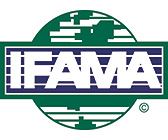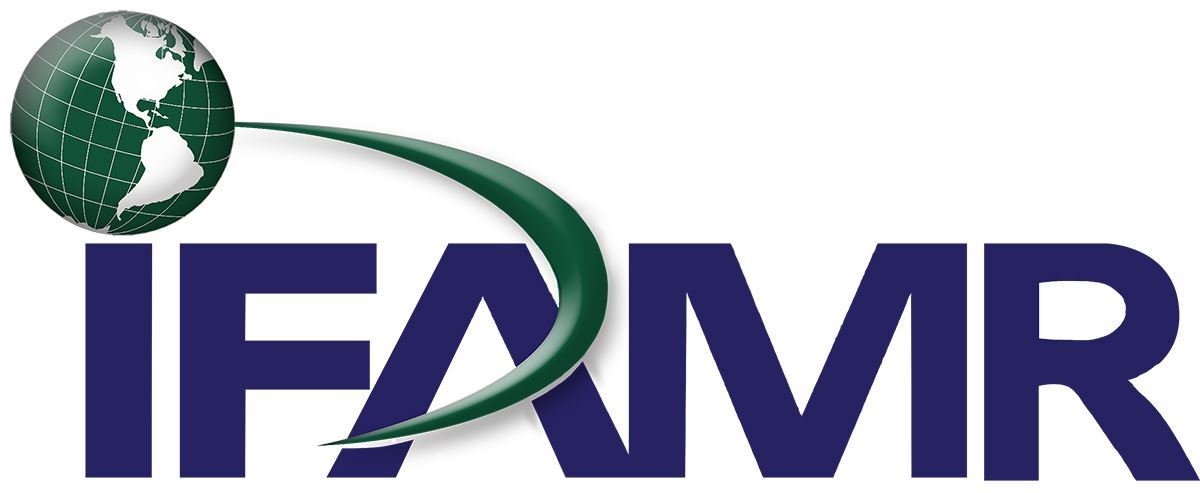| INTERNATIONAL FOOD AND AGRIBUSINESS MANAGEMENT ASSOCIATION |
IFAMR's Top 1o Publishing Secrets
By Peter Goldsmith, University of Illinois The International Food and Agribusiness Management Review (IFAMR) has seen a large increase in the number of submissions from all over the world. Our broad reach introduces some new elements:
With that in mind we have developed a few guidelines to help scholars better understand good scientific writing. By adding precision in our communication to authors concerning areas for improvement, authors are able to raise the quality level of articles before they arrive at the IFAMR for peer review and thereby helping to streamline the review process. Editorial Philosophy The IFAMR is a scholarly journal that focuses on theoretical or applied research and teaching cases addressing problems and solutions relevant to management scholars or agribusiness managers. All submissions must explicitly address this premise throughout the manuscript, especially in the objectives, results, and conclusions. Our Goals To elevate the quality and impact of agribusiness scholarship worldwide by meeting the needs of authors as they seek greater impact from their research writing through:
Blind Reviews: Key Facts
Reviewers are our “gatekeepers”
Top Ten (1A) Use a Technical Editor that is Proficient in English
Example-Original: “The understanding of the energy-producing system as an intricate chain of phases that ranging from the field production to end-user utilization not only greatly increases our overall understanding of it but also facilitates the modeling activity.” Example-Rewritten: “The energy production system involves an intricate supply chain from feedstock production to end-user fuel utilization. Modeling bioenergy systems as a linked process improves the analytical process and leads to greater insights.
Top Ten (1B) Use a Technical Editor that is Proficient in English Try not to begin with a phrase:
Don’t use the passive voice
Top Ten (2) Properly Prepare your Manuscript for Submission Follow the IFAMR Contributor Guidelines for authors located: http://www.ifama.org/
Top Ten (3) Research Method
Don't tell the reader an issue is important or there is a problem,
Top Ten (4) Research Method The Literature Review
Top Ten (5) Research Method: General
Top Ten (6) Research Method: Data
Top Ten (7) Research Methods: Results and Analysis
Don’t send readers to tables or figures without specific guidance. You don’t want the reader to have to work. Top Ten (8) Teaching Case Studies
Top Ten (9) Responding to Reviews
Upon Receiving the Reviews
Top Ten (10) Keep it short
|
Submission InformationArticle ReprintsJoin our Editorial TeamIndexing & Cataloging IFAMRResources for Authors |

